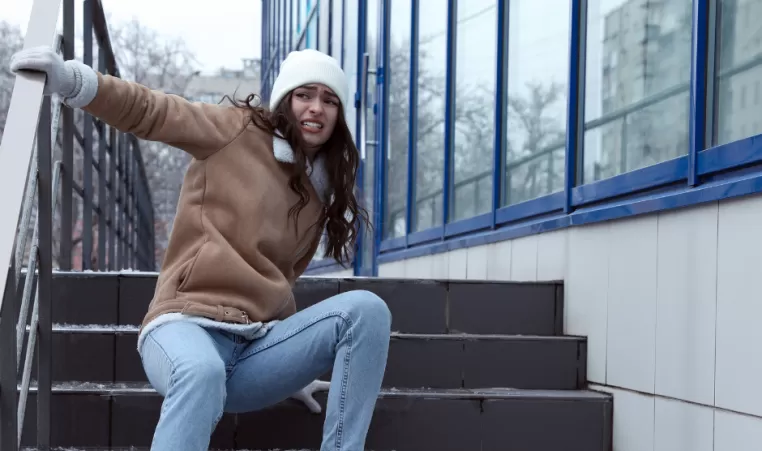
Slips, trips, and falls are seemingly minor accidents can have serious consequences, ranging from minor bruises to severe injuries. In this blog, we'll explore the causes of slip, trip, and falls, their impact on individuals and most importantly, how to prevent them.
Understanding the Causes:
Slips: Slips occur when there's insufficient friction between your footwear and the walking surface. Common causes include occasional spills resulting in wet or oily floors, high polished surfaces, loose rugs or mats, and even unsuitable footwear.
Trips: Trips happen when your foot strikes an object, causing you to lose balance. Cluttered walkways, uneven surfaces, and poorly maintained pathways and even poor lighting are typical culprits.
Falls: Falls occur when you lose balance and can't prevent yourself from hitting the ground. A slip or trip can lead to a fall. Falls can cause the most severe injuries.
Impact of Slip, Trip and Falls (STF)
The consequences of these accidents can be quite severe, impacting both individuals and businesses:
Physical Injuries: The most immediate and obvious impact of a STF is physical injury. These injuries can result in sprains, fractures, head injuries, and even long-term disabilities. Recovery can be painful and cause discomfort for injured employees.
Psychological Impacts: STFs can also have psychological impacts on employees. Pain, fear, and anxiety can result from the accident itself, and employees may experience stress related to their recovery.
Decreased Productivity: Injured employees who are unable to work will contribute to decreased productivity at work. Colleagues may need to take on additional tasks to compensate for the absence which could lead to increased stress and workload.
Prevention Tips:
- Slip, trip and falls are some of the most easily preventable types of workplace injuries. Here are some tips for minimizing the risks:
- Keep Walkways Clear: Ensure that walkways are free from clutter, loose wires, or any obstacles that could cause someone to trip.
- Maintain Floors: Regularly inspect and maintain floors, fixing any uneven surfaces, loose tiles, or damaged carpets.
- Use Non-Slip Flooring: In areas prone to spills or moisture, consider using non-slip flooring materials.
- Proper Lighting: Adequate lighting is essential, especially in stairwells, hallways, and outdoor areas. Poor lighting can make it difficult to see potential hazards.
- Footwear: Encourage appropriate footwear for different settings. Non-slip shoes are for those working in areas where slipping hazards are prevalent.
- Safety Signage: Use warning signs where necessary, especially in areas with wet floors or construction zones.
- Regular Inspections: Conduct regular safety inspections to identify and address potential hazards promptly.
Slip, trip, and falls may seem like minor accidents, but they can have serious consequences. By understanding the causes and implementing preventive measures, we can reduce the risks associated with these accidents. Taking proactive steps to prevent these incidents is essential to keep all stakeholders safe. Remember, an ounce of prevention is worth a pound of cure when it comes to slip, trip, and falls.
Thank you to Ruchira Sharma and our Health & Safety team for putting this blog post together!